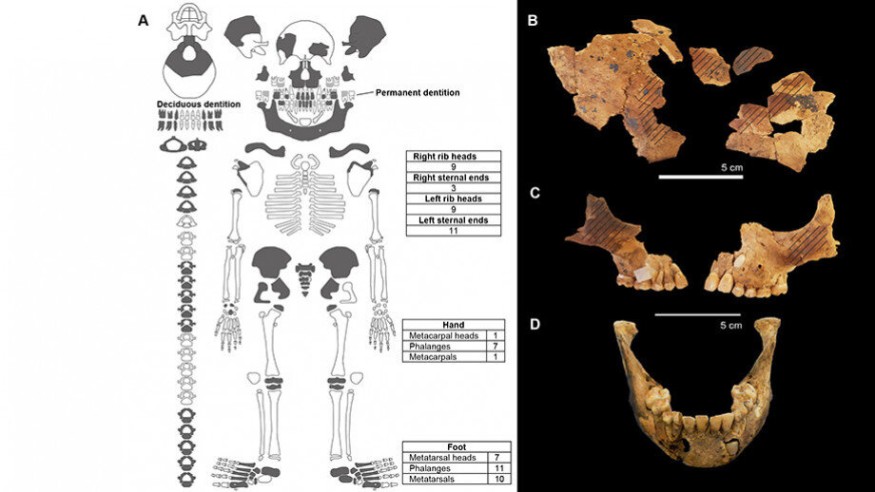In a chilling discovery, archaeologists from Australia National University have uncovered the dismembered remains of a child in a rare burial site dating back 8,000 years ago on Makpan Cave Alor Island, Indonesia.

They believe that the arms and legs of the child were removed as part of the ancient burial practice. A one-of-its-kind burial during the early mid-Holocene of the Wallacean Islands that gives new insights into burial practices of that time.
Archaeologists believe that the buried remains must belong to a child aged between four and eight, according to a report by Express.
Remains From 8,000 Years Ago
According to the news outlet, the remains discovered in one of the 17,000 islands of Indonesia had its arms and legs removed before being buried. Lead researcher, Dr Sofia Samper Carro of the Australian National University (ANU), said that evidence suggests that the body was laid to rest after some kind of a burial tradition.
She noted the cheeks and forehead of the child were painted with ochre pigment and the ochre-colored cobblestone placed under the head of the child when they were buried.

"Child burials are very rare and this complete burial is the only from this time period," she added. Only 3,000 years ago until today that experts see child burials and these were well-studied practices.
However, burial practices in the Holocene period are very rare that experts do not know how dead children were treated in this era. The discovery would surely change that, Dr Carro said.
The removed arms and legs of the child were disposed of somewhere else. Dr Carro said that this practice might have been part of cultural or religious practice.
Read Also : 6,600-Year-Old Grave Sites Revealed Social and Economic Inequality Happened Even in Prehistoric Times
Child's Relationship To Adult Skulls Identified Through Diet
The scientists published their paper entitled "Burial practices in the early mid-Holocene of the Wallacean Islands: A sub-adult burial from Gua Makpan, Alor Island, Indonesia," in the journal Quaternary International.
Dr Carro said that the estimated age of the remains based on the teeth is between six and eight years old, but its skeleton is that of four to five years old.
The researchers want to conduct further study on the remains to determine if the smaller skeleton they found is related to the adult skulls that they also found in Alor island during their earlier work, Phys.org reported.
They plan to do this by assessing the relationship of the diet or environment to the child's remains and the adult skulls. During their earlier research, they found that the diet of the adult skull was mainly comprised of a marine diet which suggests protein saturation from only a single nutrient source which hampers their growth.
By comparing the adult and child skulls they found from the same time period, they hope to build a chronological and general view of the burial practices in the area from 12,000 to 7,0000 years ago.
Check out more news and information on the Archaeology Science Times.












